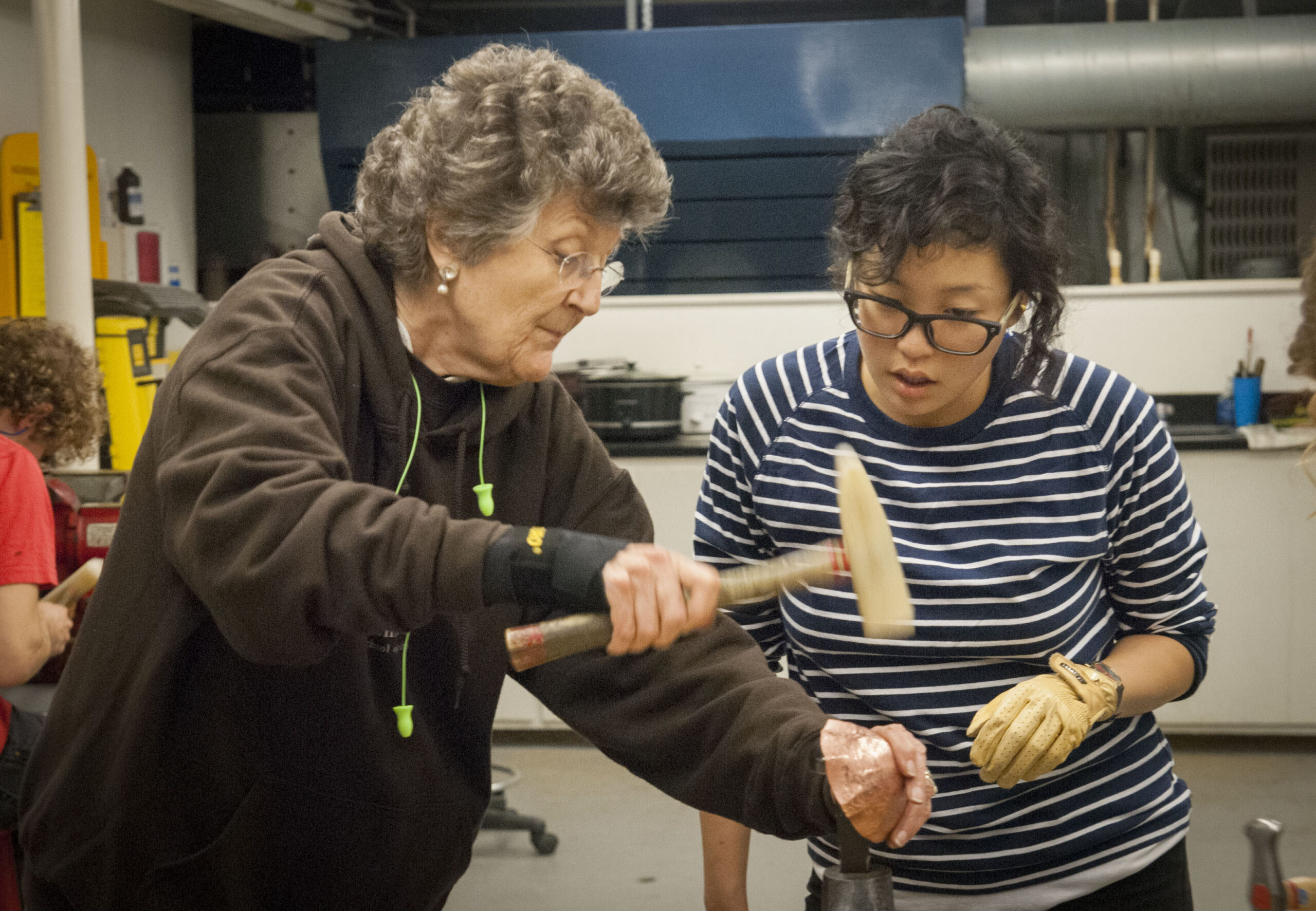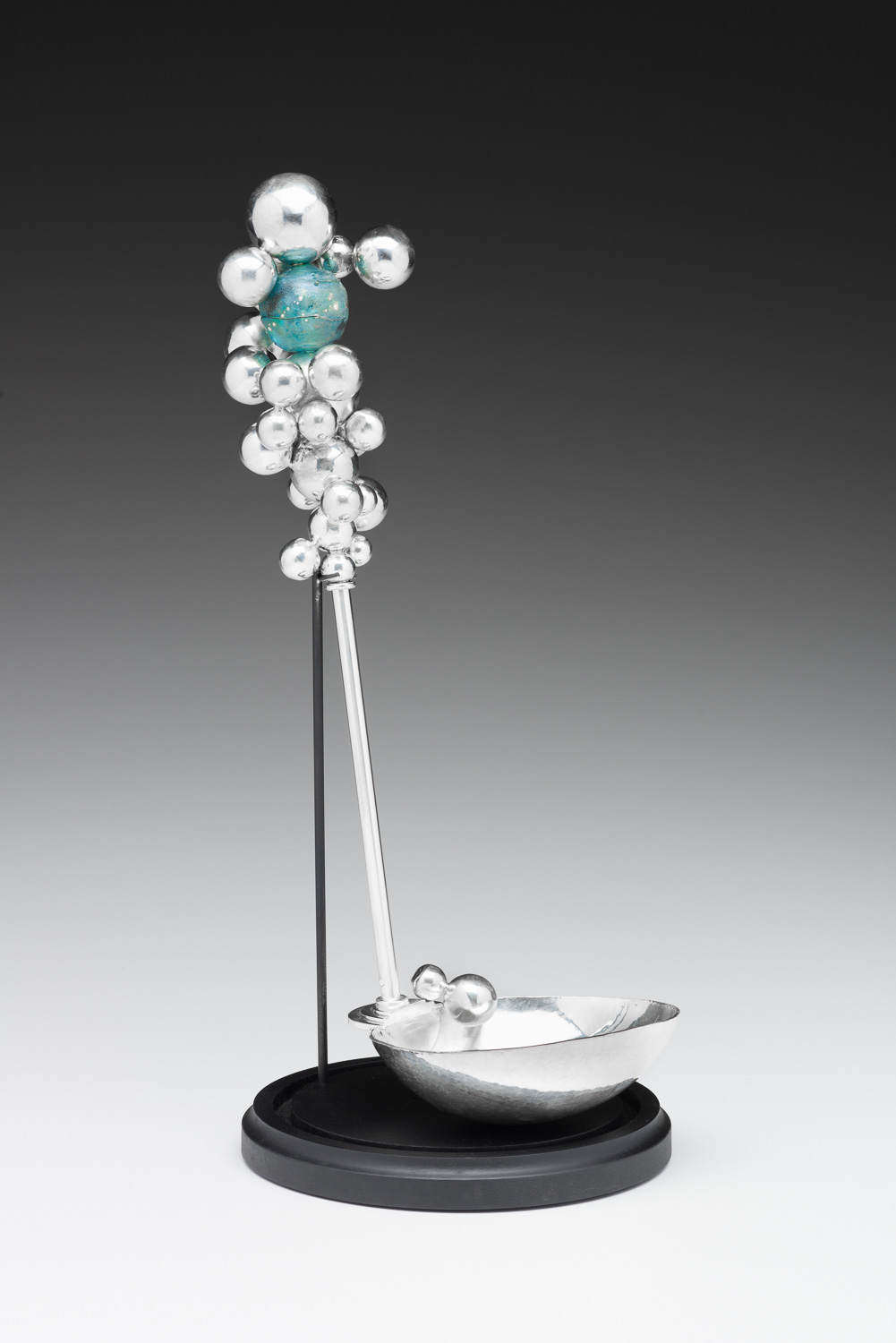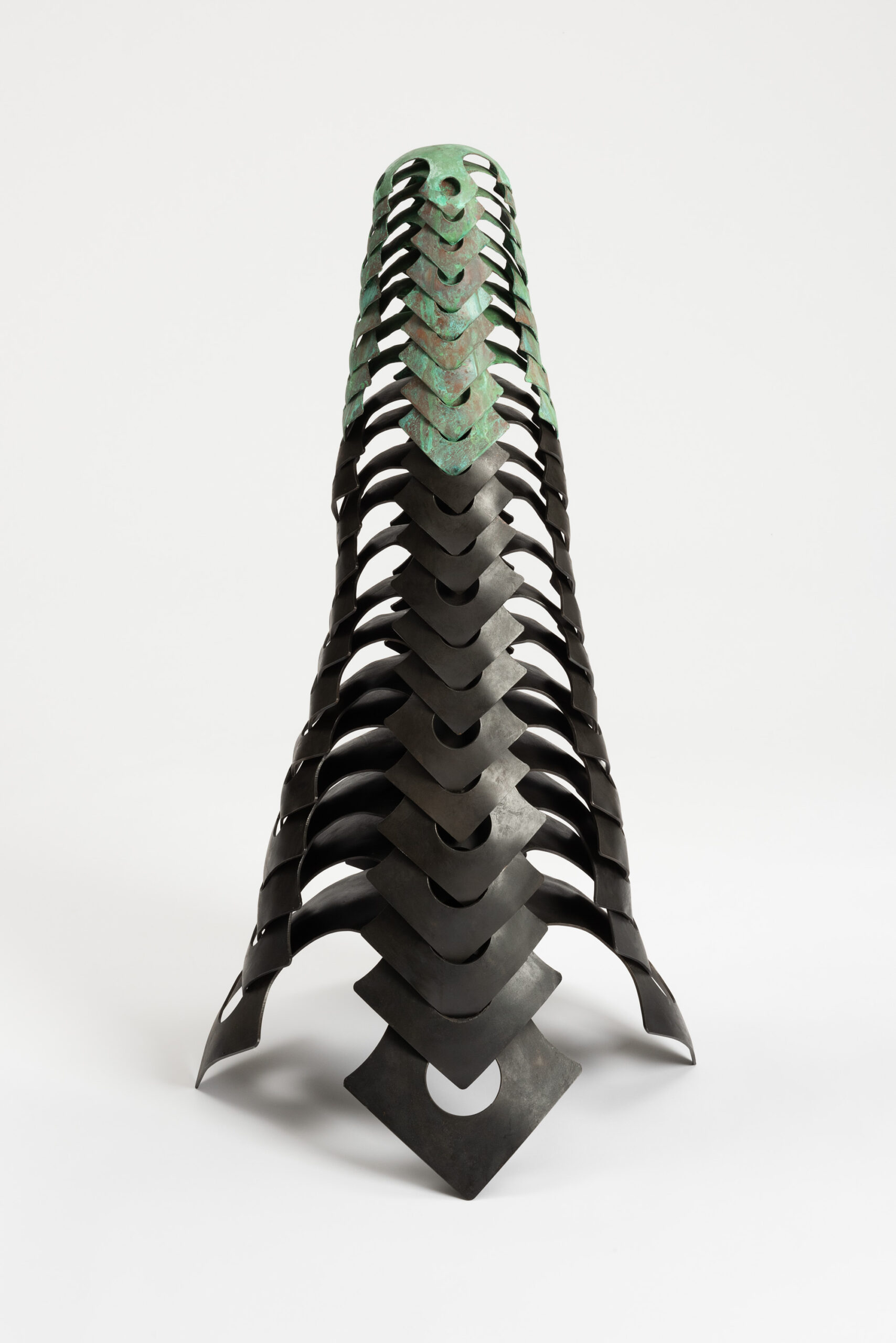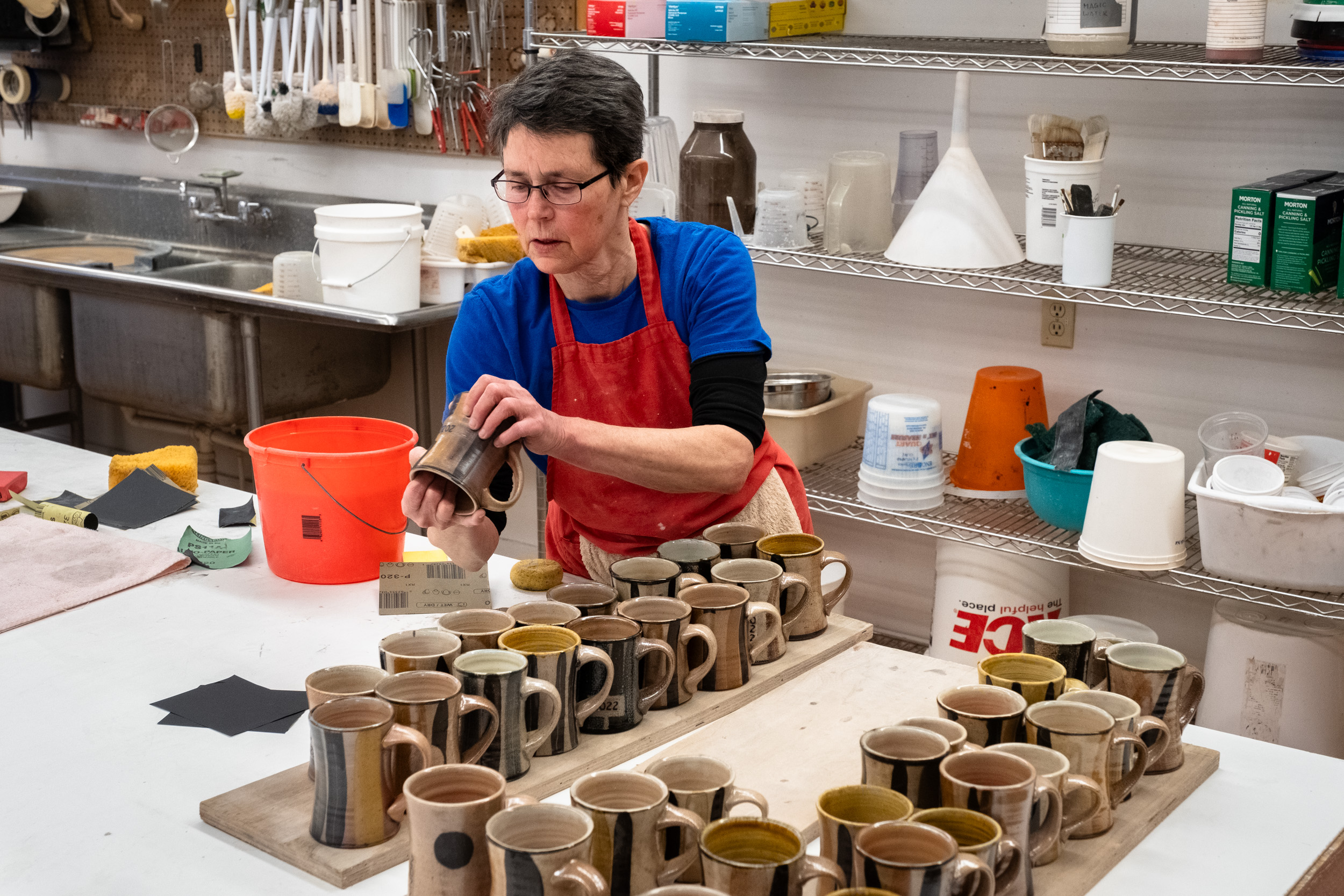
A studio potter for over thirty-five years, Marsha Owen traced the origins of her career to a Penland workshop. Believing that “there is always something to learn from the clay,” she would return to Penland again and again to learn and to find inspiration.
In the wake of her untimely death, Masha’s friends and family have come together to found a Penland scholarship in her memory, celebrating her life and carrying on her legacy. The goal is to raise $100,000, creating an endowment which will fund the cost of a Penland clay workshop in perpetuity. We invite you to make a gift in Marsha’s honor.
About Marsha
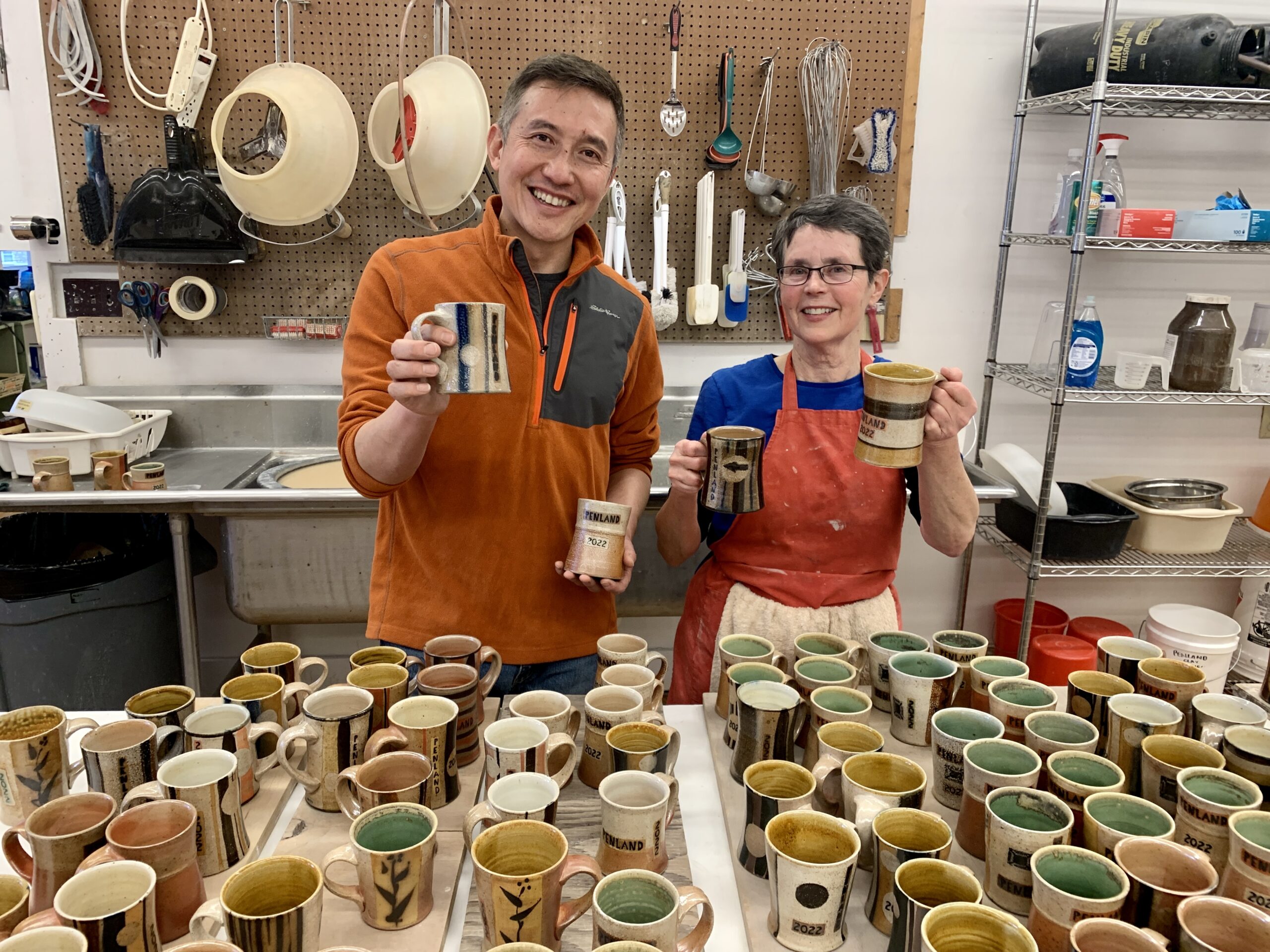 Marsha Owen and friend and mentee Wei Sun created the mugs for the 37th Annual Penland Benefit Auction in 2022.
Marsha Owen and friend and mentee Wei Sun created the mugs for the 37th Annual Penland Benefit Auction in 2022.
Marsha Owen took her first pottery course with John Givvines at the North Carolina State Craft Center. “I was a slow learner – I took the beginner’s course three times – but I knew almost immediately that this was work I wanted to pursue,” she said.
Working as a self-employed potter for over thirty-five years, she concentrated on utilitarian pieces for everyday use. Marsha and her husband, Rick Moss, collaborated in their home studio in Raleigh, North Carolina where Marsha was the primary potter and Rick ran day-to-day operations for their business and contributed his handbuilding and relief carving skills to the work.
Marsha worked extensively with colored slips, stains, underglazes, various resist techniques, carving and texturing as well as the more common glazing techniques of dipping and spraying. Her work includes an impressive variety, all stamped with the Marsha Owen imprint.
“What many might not know about Marsha but was evident in her ceramics, is that she was an outstanding baker and cook,” said Kathryn Gremley, Penland Gallery Curator and friend of Marsha’s since 1984, when they were both residents. “Her work was beautifully designed for pairing with food— the forms and colors thoughtfully considered for what could be served from them, or how they would fit in the hand— always working to create the perfect dish that we would value for both its function and simple artistry.”
Marsha and Penland
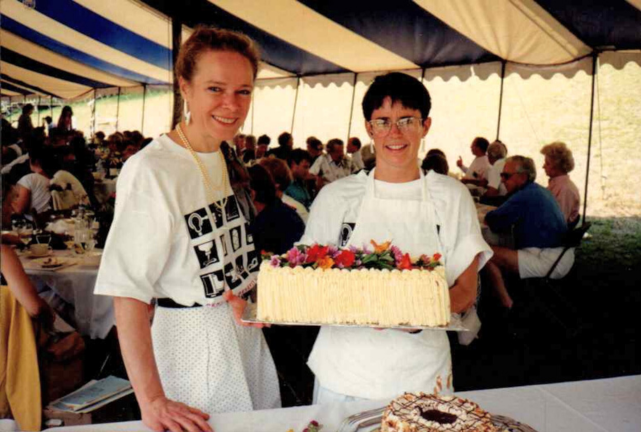 Marsh Owen (right) and Elizabeth Brim (left) at a Penland Benefit Auction in the mid 1980’s. Marsha is holding one of her famous chocolate carrot cakes, made for the occasion.
Marsh Owen (right) and Elizabeth Brim (left) at a Penland Benefit Auction in the mid 1980’s. Marsha is holding one of her famous chocolate carrot cakes, made for the occasion.
Marsha first came to Penland as a student in 1978 with Rebecca Plummer and Jon Ellenbogen. “That was, without question, the class that gave me my career,” said Marsha. Following that initial visit to Penland, she attended numerous classes including concentration courses and summer workshops. Marsha was a Penland core student in 1981 and resident artist from 1984 to 1985.
Penland helped start Marsha’s pottery career and continued to be an important part of her life. Over four decades, Marsha was a frequent student, visiting artist, and winter resident. Her pots have long been a staple of the Penland Gallery. “For Marsha, Penland was not only a teaching and learning place, but also a sanctuary where she could renew her connection to the ceramic community and find inspiration for her work,” said Wei Sun, Marsha’s close friend and colleague.
Marsha Owen Scholarship
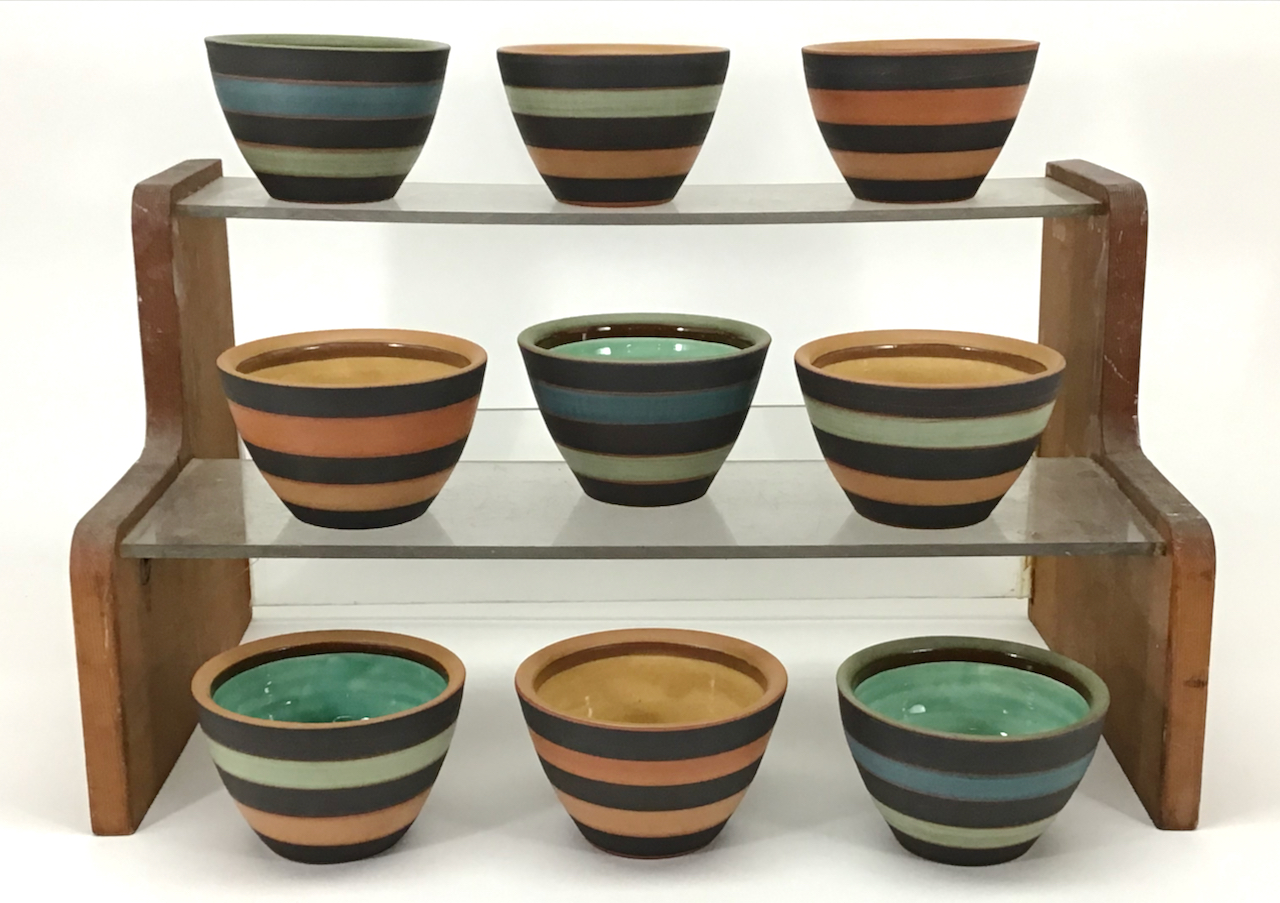
Ice cream bowls created by Marsha Owen
A skilled potter with close ties to Penland, Marsha Owen passed away unexpectedly on July 7th, 2023. Because Marsha loved her work and sharing her knowledge, family and friends are championing the Marsha Owen Scholarship as a way to celebrate her life and carry on her legacy. With support from family, friends, and the community, the scholarship will be established as an endowment, covering the full cost of a workshop in ceramic studies to selected candidates every year.
If you would like to support the Marsha Owen Scholarship, please Donate Here.
Note: Many companies have gift matching programs which will double your donation. If you are interested in a gift matching program, please contact Wei Sun (weisunpottery@gmail.com) for details.
Learn more about Penland’s scholarship program HERE.
Find Marsha Owen’s obituary HERE.



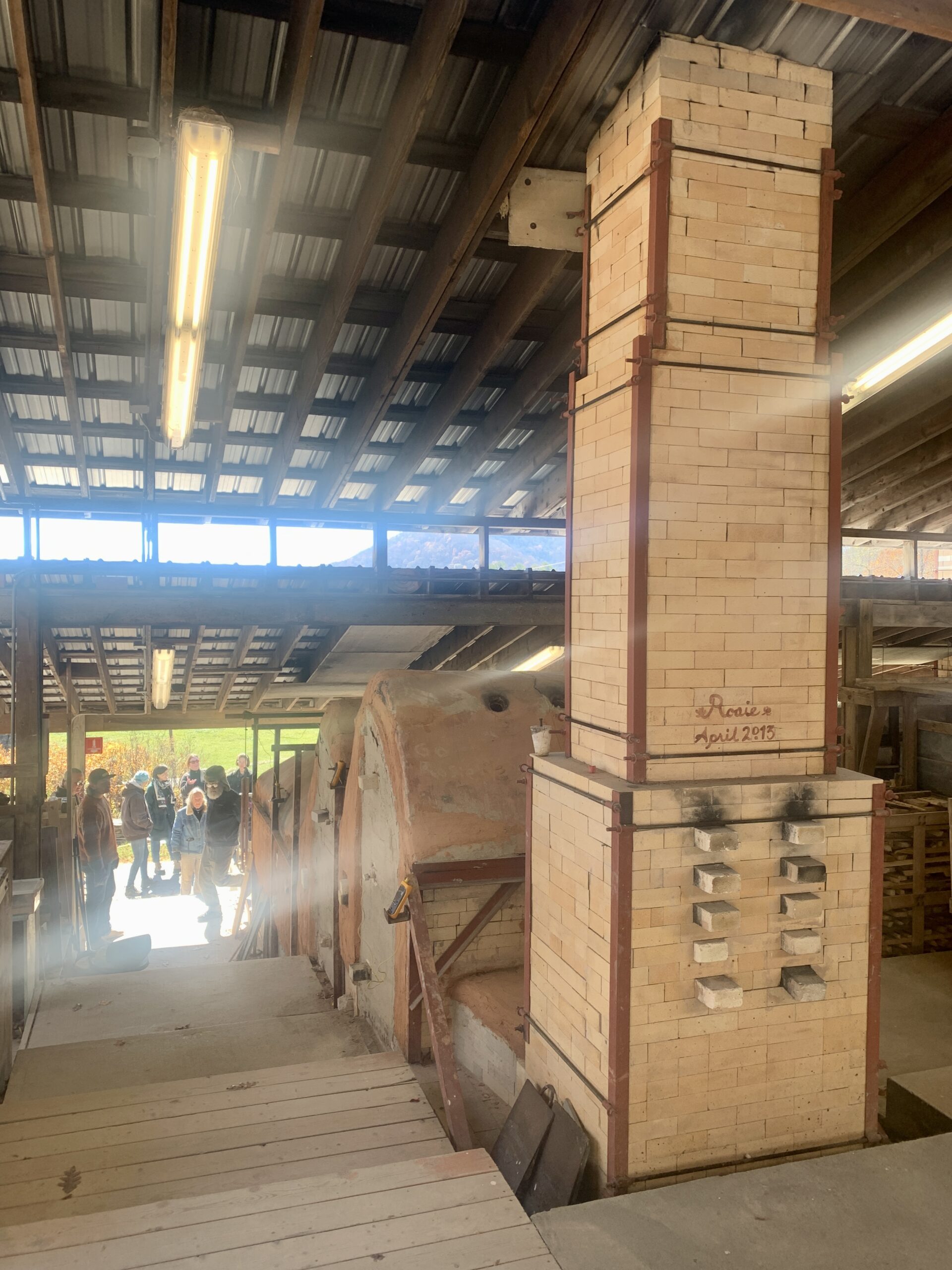

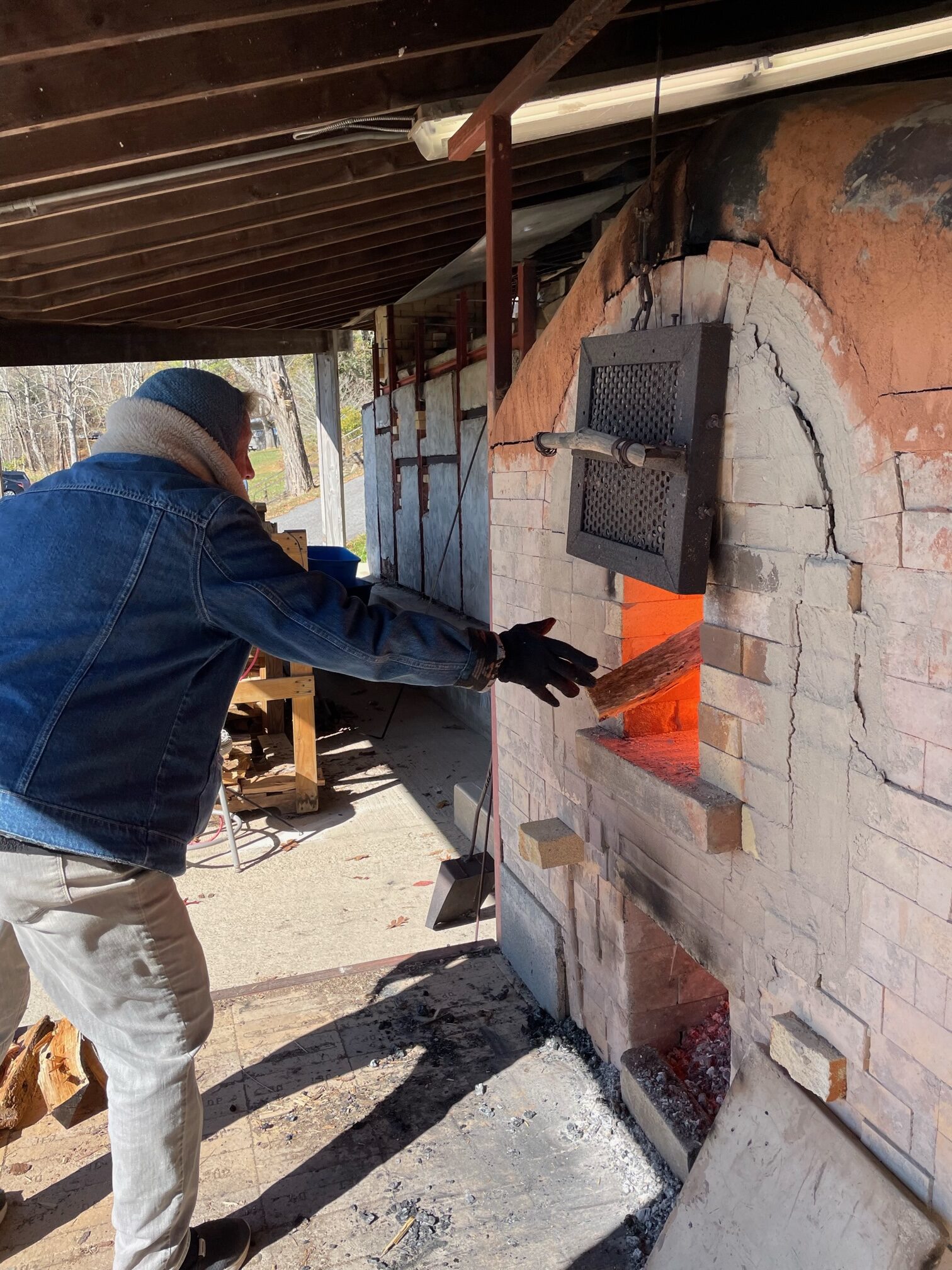


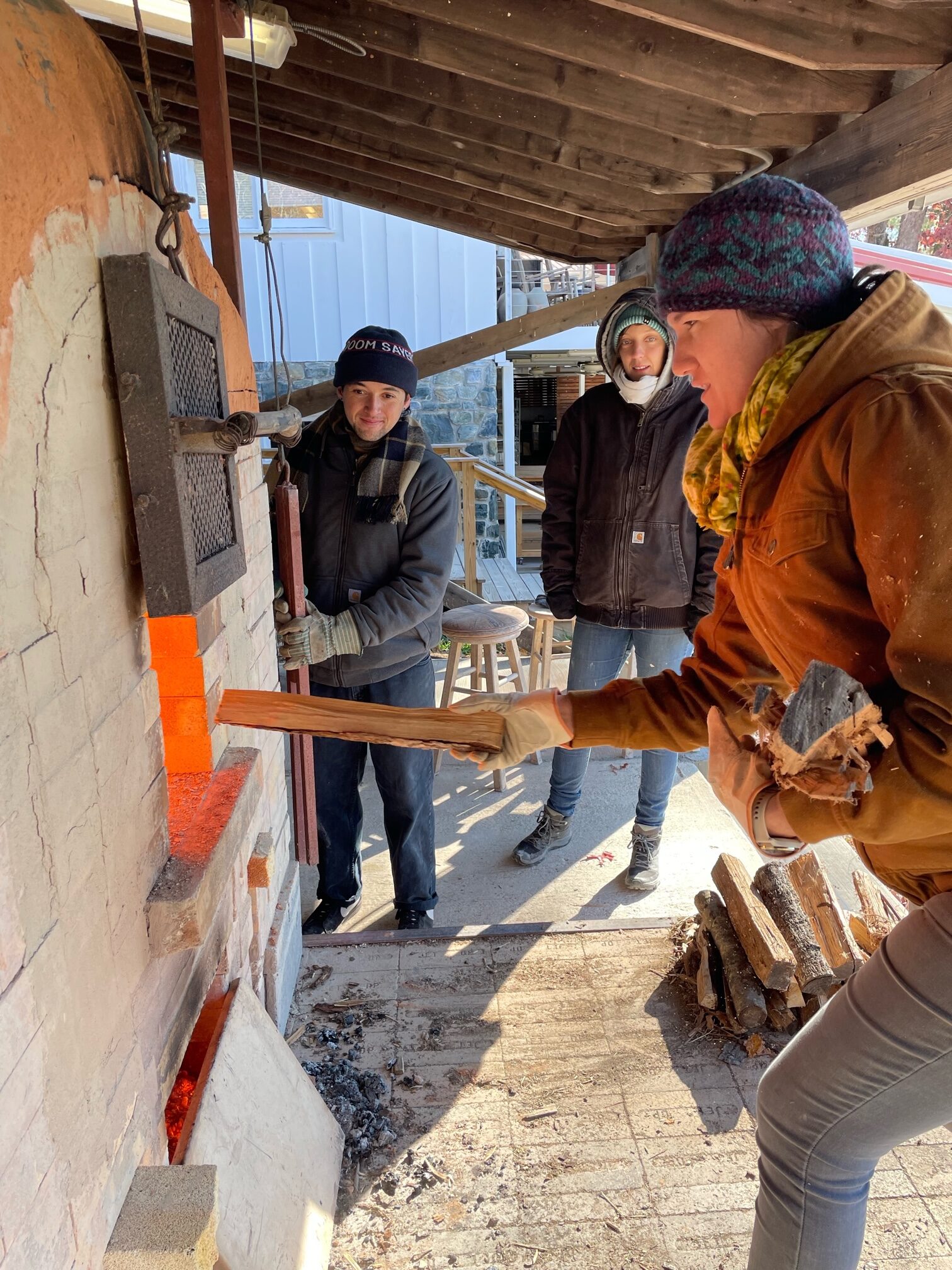

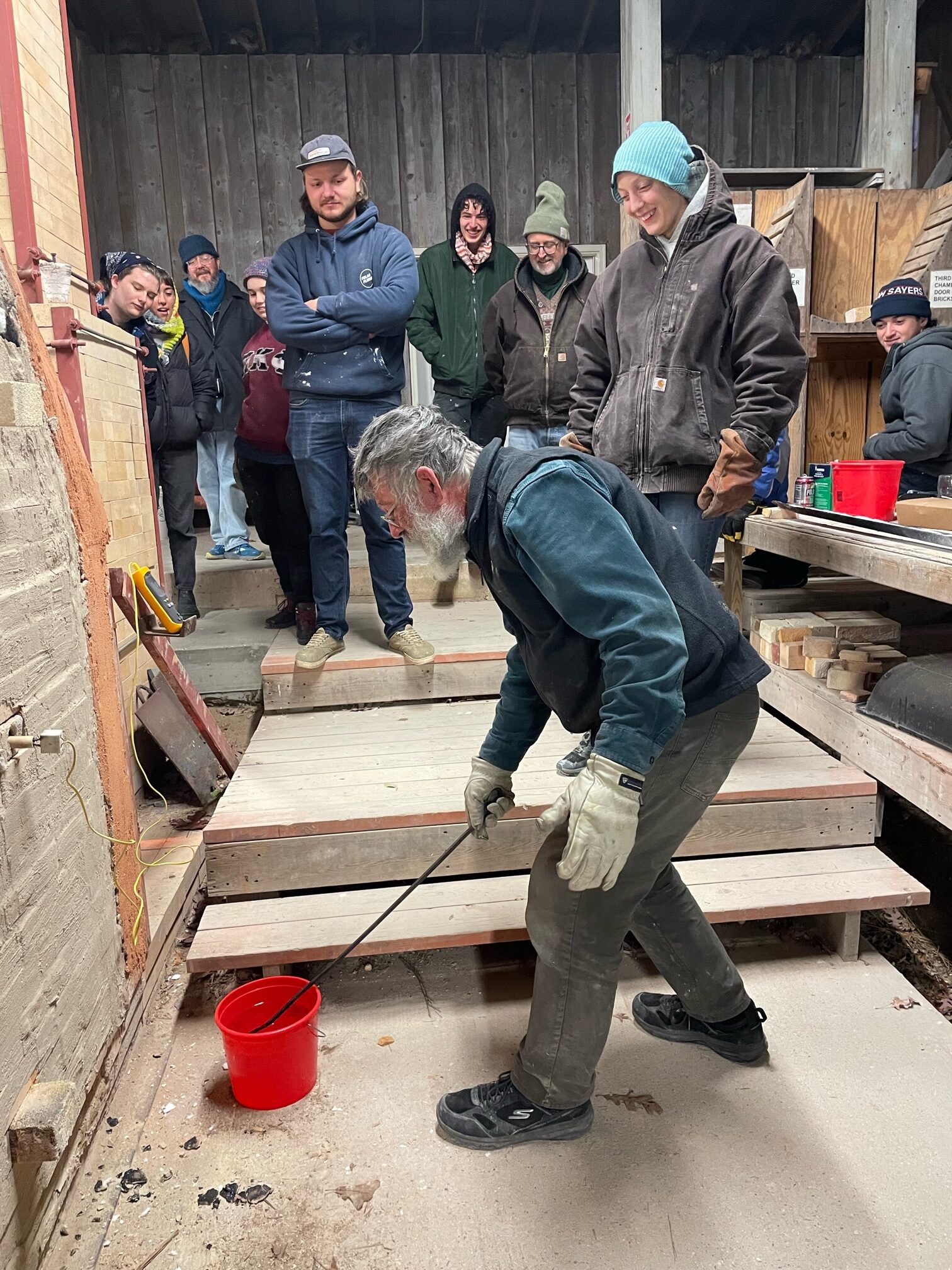
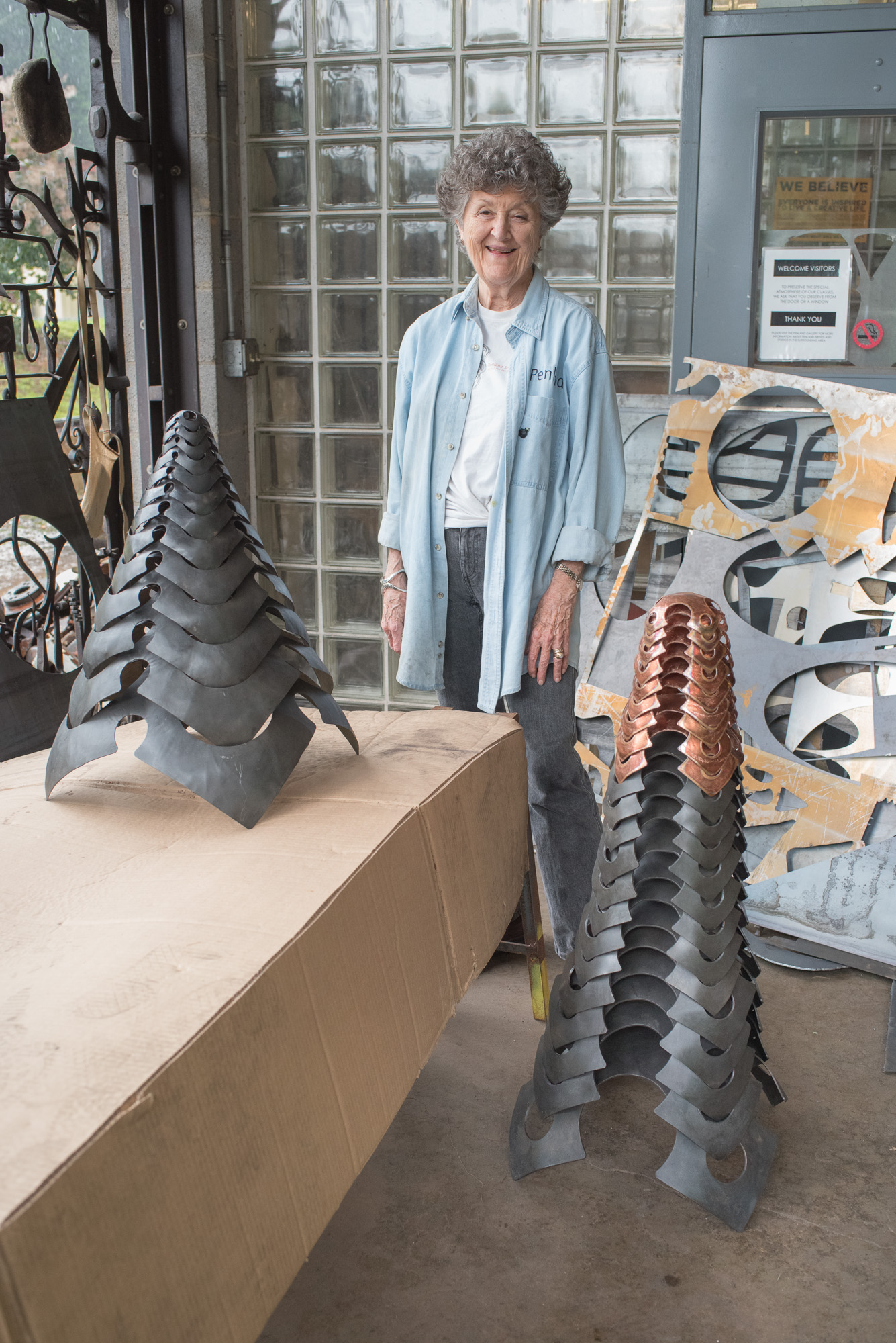 Julia Woodman with her piece “Computer Aided Pine Cone” in the Penland iron studio
Julia Woodman with her piece “Computer Aided Pine Cone” in the Penland iron studio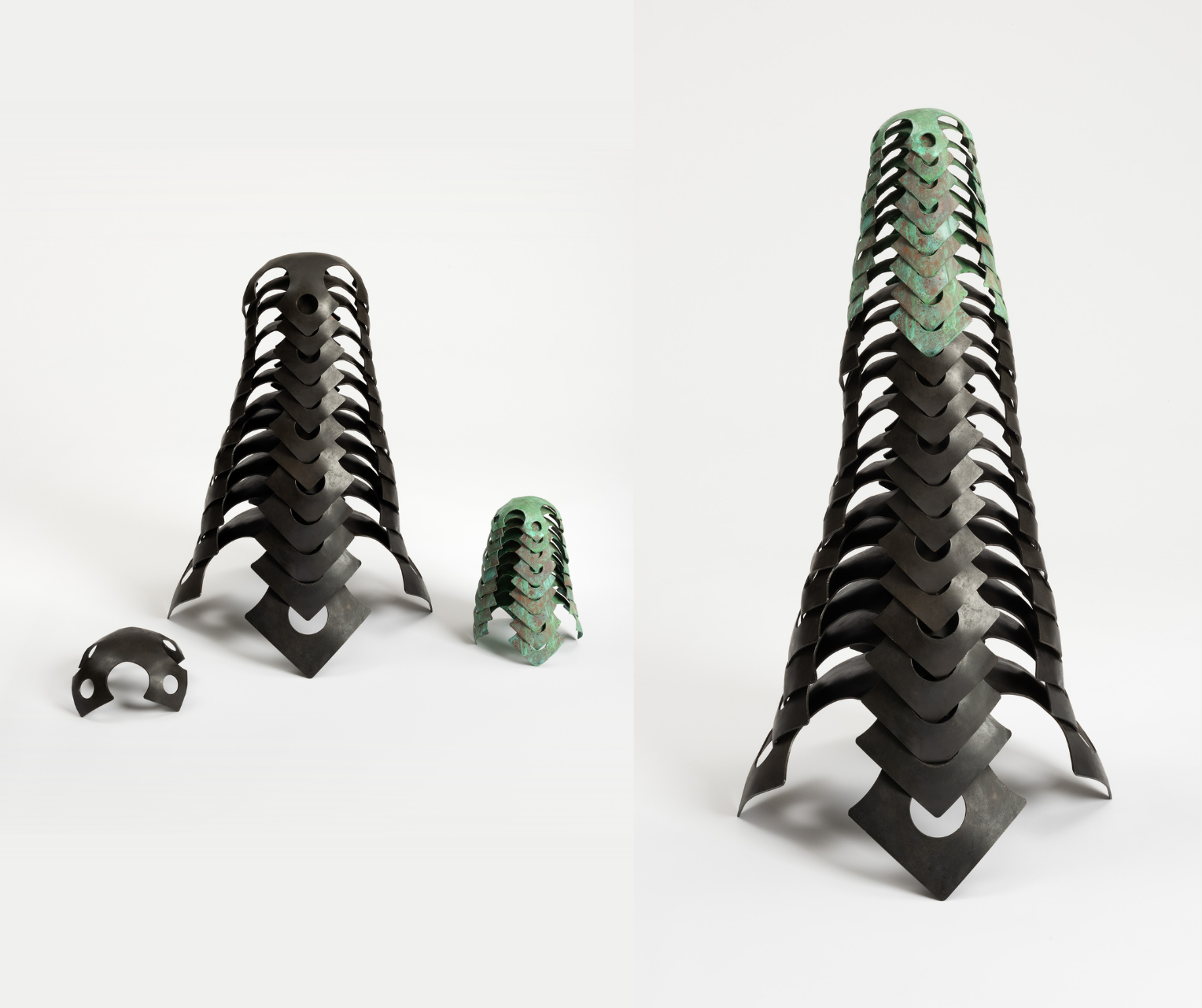
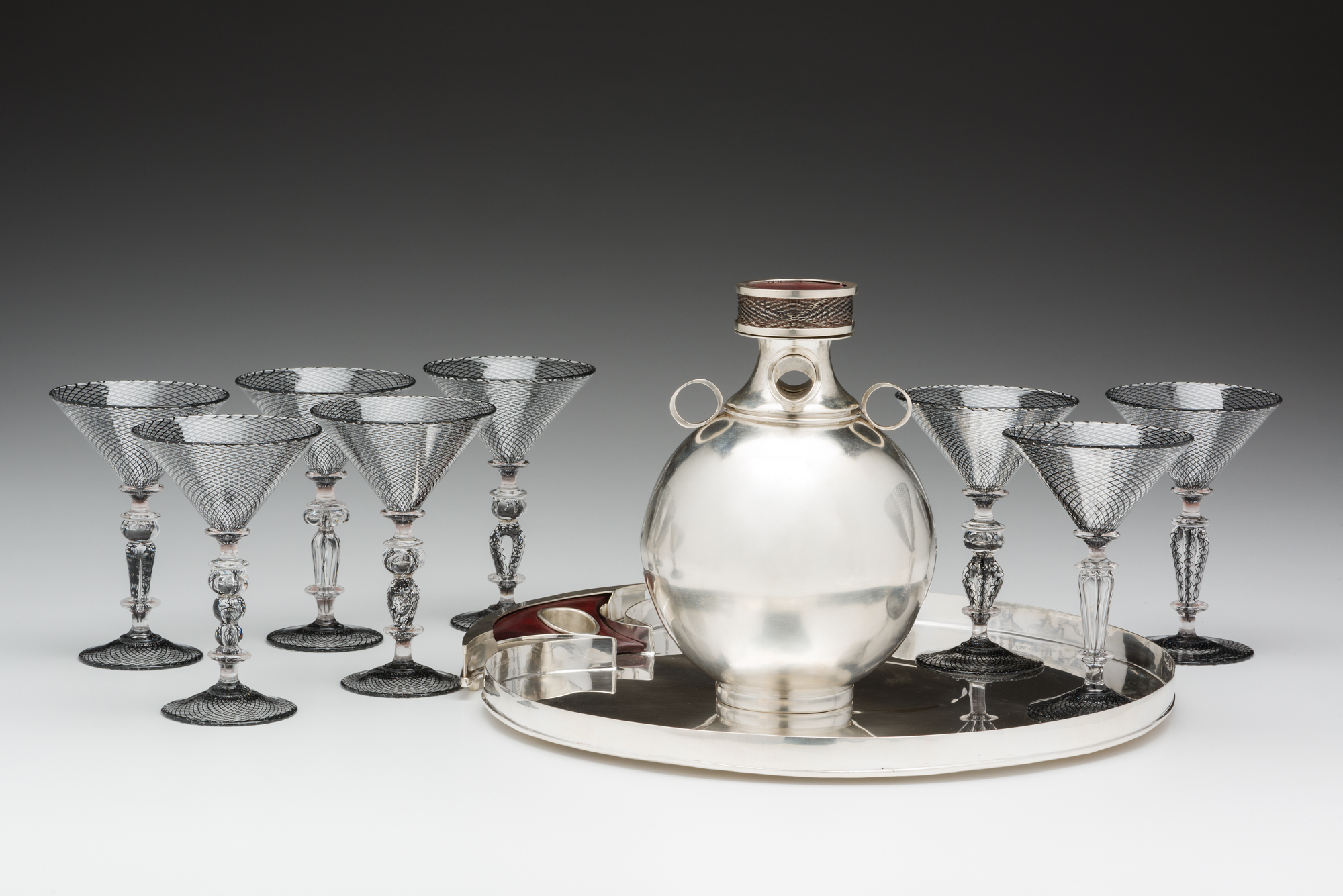
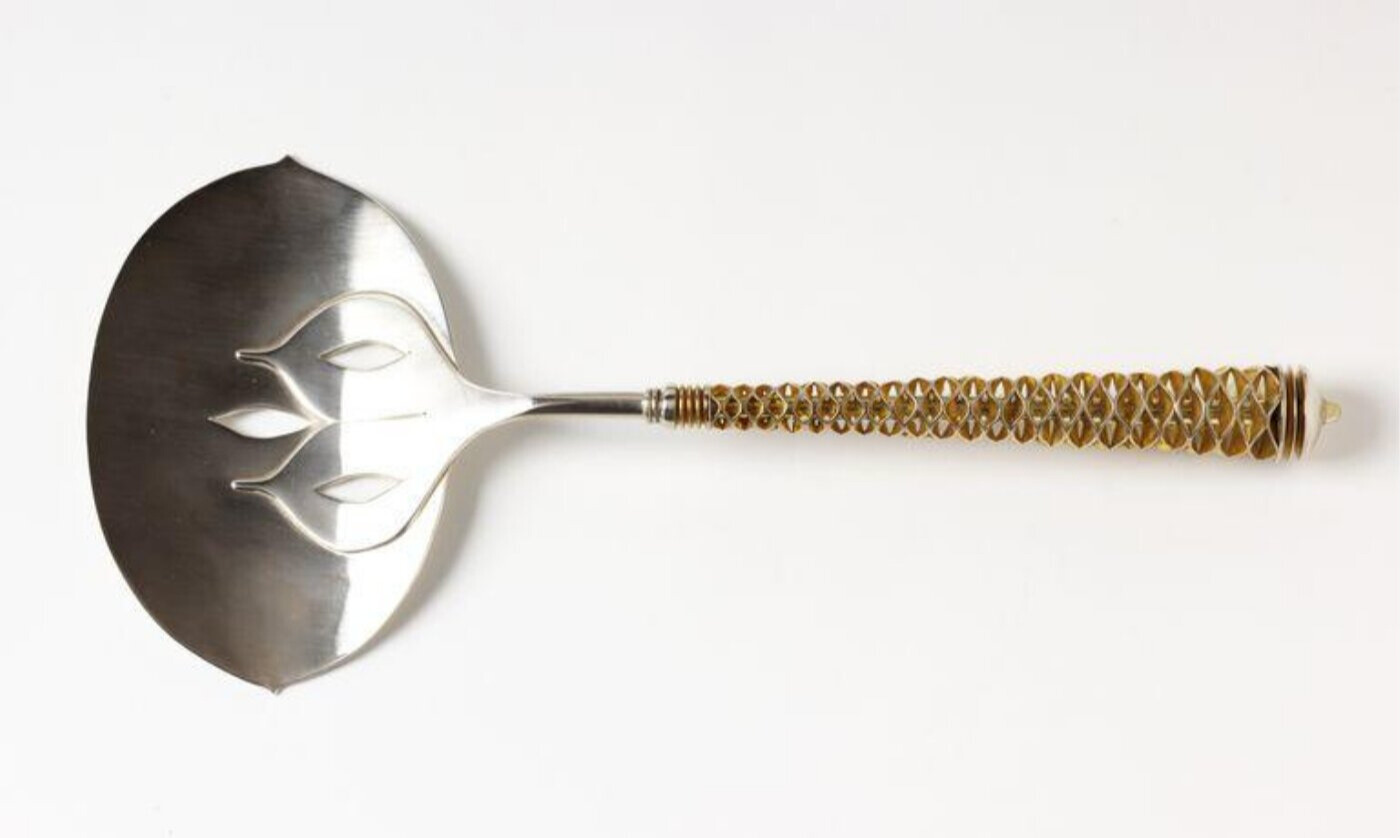 Julia Woodman
Julia Woodman